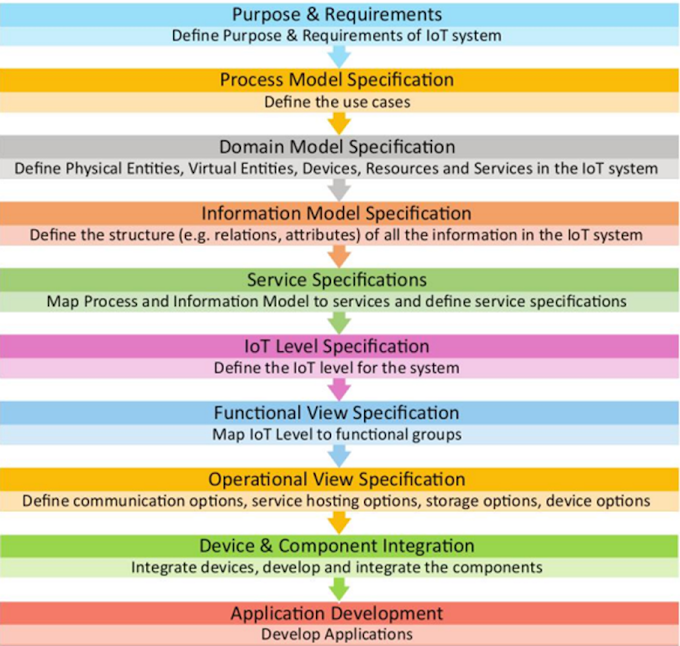INTRODUCTION TO CLOUD COMPUTING.
Concept: Cloud computing-· Delivers computing resources (servers, storage, databases, software, etc.) over the Internet, eliminating the need for physical infrastructure.
· Offers on-demand, scalable, and shared resources via a pay-as-you-go model, using virtualization and distributed computing.
· Services are provided through public, private, or hybrid deployment models and categorized as IaaS (e.g., AWS EC2), PaaS (e.g., Heroku), or SaaS (e.g., Google Workspace).
Key Features:
- On-Demand Self-Service: Instant resource provisioning.- Scalability/Elasticity: Adjust resources dynamically.
- Broad Network Access: Accessible via any device over the internet.
- Resource Pooling: Shared infrastructure for multiple users.
- Measured Service: Pay-per-use billing.
- Multi-Tenancy: Secure sharing among users.
- High Availability: Redundant systems ensure uptime.
- Automation: Tools manage provisioning and maintenance.
Benefits:
- Cost Efficiency: No open hardware costs.- Scalability: Handles demand spikes.
- Flexibility: Rapid service deployment.
- Accessibility: Global access.
- Maintenance-Free: Providers handle updates.
- Reliability: Redundant backups.
- Security: Robust features like encryption.
- Global Reach: Low-latency access worldwide.
Limitations:
- Internet Dependency: Requires reliable connectivity.- Vendor Lock-In: Migration challenges.
- Security/Privacy: Risks with off-site data.
- Cost Overruns: Unmonitored usage spikes.
- Limited Control: Less hardware customization ..
- Latency: Delays from remote servers.
- Compliance: Data residency laws.
- Downtime Risks: Rare provider outages.
Examples:
- Service Models: IaaS (Amazon EC2), PaaS (Google App Engine), SaaS (Microsoft 365).- Deployment Models: Public (AWS), Private (VMware vSphere), Hybrid (Azure Stack), Community (GovCloud).
- Real-World: Netflix (AWS for streaming), Dropbox (cloud storage), Slack (AWS PaaS/SaaS), Zoom (hybrid cloud).
Usages:
- Web hosting (e.g., WordPress on AWS Lightsail). - Data storage/backup (e.g., AWS S3).- Big data/analytics (e.g., Google BigQuery). - AI/ML (e.g., AWS SageMaker).
- Dev/testing (e.g., GitHub Actions on Azure). - Business apps (e.g., Salesforce).
- Disaster recovery (e.g., Azure Site Recovery). - IoT (e.g., AWS IoT Core).
- Gaming (e.g., Fortnite on AWS). - Education/research (e.g., Google Colab).
-------------------------------------------------------------------------------



0 Comments